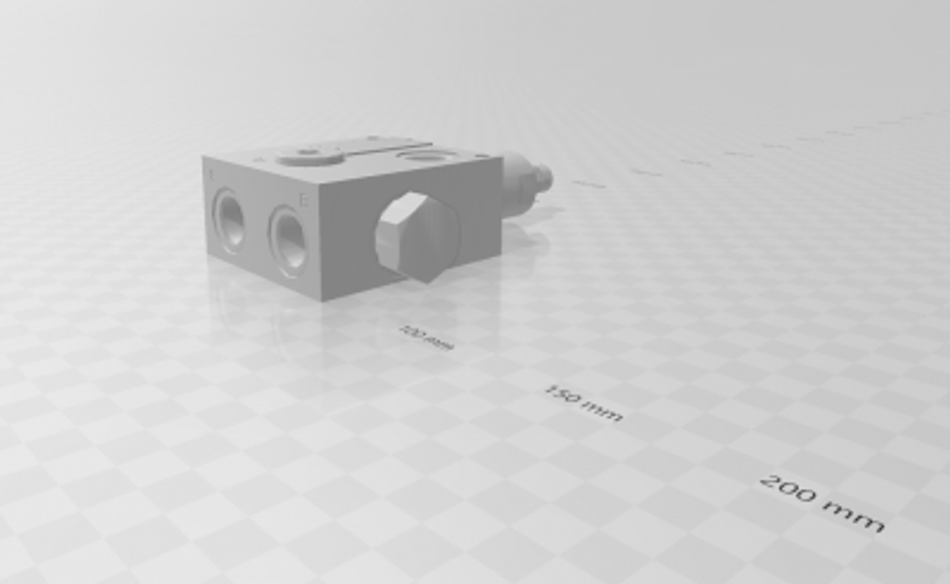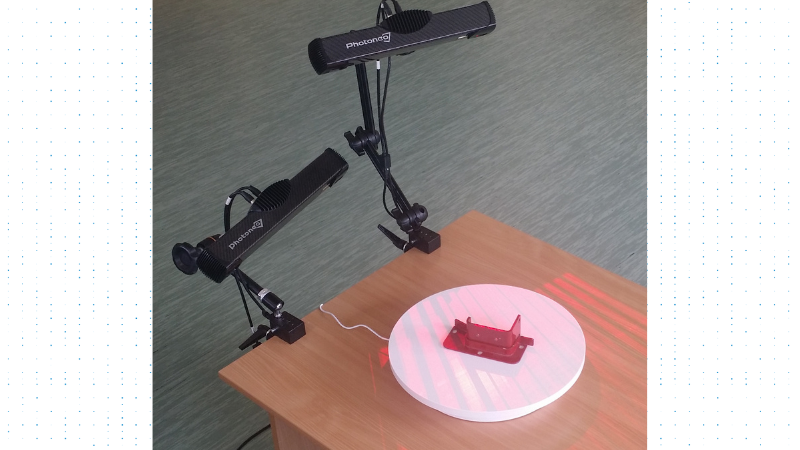Searching for unknown objects by matching point clouds with STL models
The University of Ostrava developed an application to automate the search for unknown objects within a large database using point clouds acquired from the 3D vision from Photoneo.
Partner:
Problem:
For repairing industrial machines or vehicles, the recognition of components is a critical and time-consuming task for humans. The University of Ostrava, Department of Robotics at the Faculty of Mechanical Engineering, developed a solution to automate this task.
A company has a huge database of objects (machine parts, components). Somewhere on the other side of the world, these objects need to be assigned a name, description, production documentation, drawings, etc. without needing to know their name. Eventually, it should be possible to print a 3D model of the object.
Solution:
The automation solution uses two PhoXi 3D Scanners from Photoneo. The process looks as follows:
The PhoXi 3D Scanners make a scan of a real object and provide an STL file. The STL format is then translated to a point cloud in the PCD format.
The next step comprises the calculation of search parameters – ellipsoid and geometric primitives parameters for each model in the database.
Afterward, the search can be launched: The system finds the maximum match in the ellipsoid parameter in the whole database using a PCA (Principal Component Analysis) algorithm – e.g. 5 objects with the highest match. Next, the system finds the maximum match in the geometric primitive parameter among the results from the previous step.
The searched object in the database corresponds to the scanned object. The system provides its drawing documentation, description, etc.

Discussion:
The University of Ostrava decided to use Photoneo technology for this project based on the high accuracy and resolution of the PhoXi 3D Scanners.
The method is computationally very demanding but also very robust.
The paper describing this project was originally published at MDPI (Multidisciplinary Digital Publishing Institute), a publisher of open access scientific journals, and distributed under a Creative Commons Attribution License.
You can read the whole paper here.
